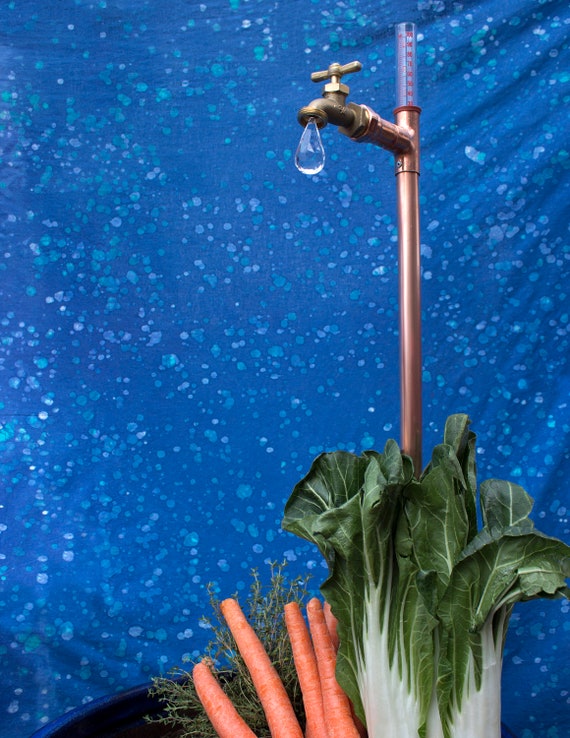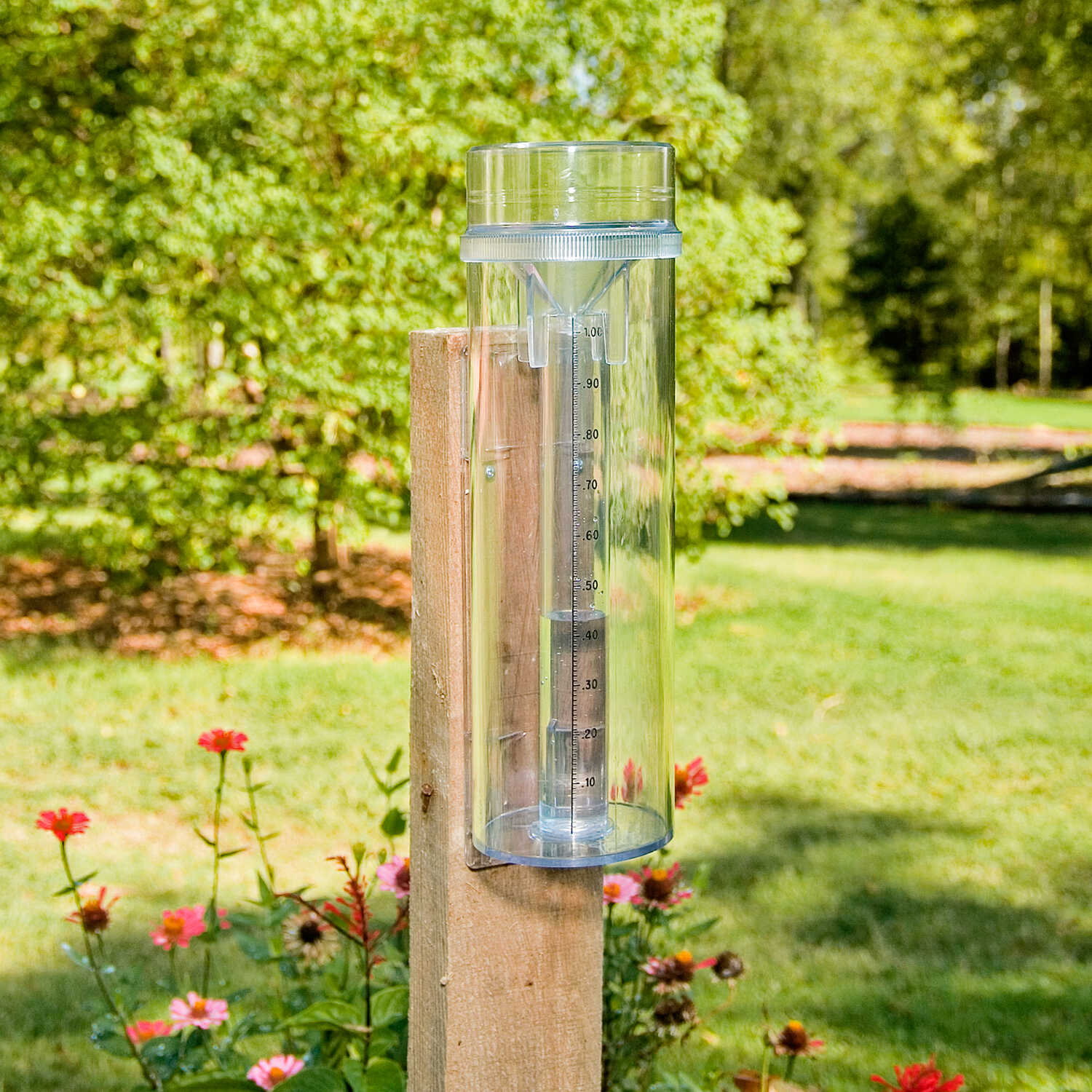The Rain Gauge: Crucial Information and Finest Practices for Climate Enthusiasts
The Rain Gauge: Crucial Information and Finest Practices for Climate Enthusiasts
Blog Article
How to Pick the Right Rainfall Scale for Accurate Rainfall Information
To get trusted measurements, it is vital to choose the right rain scale. Thinking about factors such as location, kind, and accuracy of the rainfall scale will certainly help make sure specific data collection. In addition, recognizing the maintenance and calibration procedures will add to the durability and dependability of your rainfall scale.
Relevance of Selecting the Right Rainfall Gauge
The relevance of choosing the right rainfall scale hinges on getting trustworthy and accurate rains data for accurate atmospheric evaluation. Rainfall information is vital for a broad variety of applications, including climate forecasting, hydrological modeling, and climate research. Undependable or incorrect data can lead to wrong final thoughts and flawed decision-making procedures.

Secondly, the precision and accuracy of the rain gauge are critical. The gauge ought to be able to determine rains with high accuracy, catching even little amounts of rainfall precisely.
Moreover, the area and setup of the rain scale are vital factors to consider. It ought to be positioned in an open location, away from obstructions that might influence rains measurements. The scale ought to be positioned at an ideal elevation and angle to stay clear of spilling and guarantee appropriate catchment of rainwater.
Elements to Consider When Choosing a Rainfall Scale
When picking a rain scale, there are numerous key elements to take into consideration. There are different types readily available, consisting of standard rain gauges, tipping bucket rain gauges, and weighing rainfall gauges.
An additional factor to consider is the product of the rain gauge. Rain determines can be constructed from numerous products, such as metal, glass, or plastic. The material selected need to be sturdy and resistant to weather problems, guaranteeing that the rain scale will certainly withstand the components and provide precise measurements with time.
Precision is also an essential factor to take into consideration. Search for rainfall assesses that have been adjusted and checked for accuracy. Attributes such as anti-splash rings and funnels can likewise improve the accuracy of the measurements.

Lastly, think about the climate and setting in which the rainfall gauge will certainly be made use of. Various rain determines are appropriate for different climates, so it is important to choose one that is ideal for the conditions in your location.
Different Kinds Of Rainfall Gauges Available
To additionally check out the elements to take into consideration when selecting a rain gauge, it is essential to comprehend the various types of rain gauges available. The most usual type is the typical rain scale, additionally recognized as the round rain gauge.
An additional sort of rainfall gauge is the tipping container rain gauge. This scale utilizes a seesaw-like system to collect and measure rains. As the rain falls right into the gauge, it fills one side of the pail, creating it to clear the water and tip. The number of tips is counted electronically to determine the amount of rainfall. Tipping bucket rainfall determines are prominent for their accuracy and ability to gauge rainfall intensity.
A third sort of rainfall gauge is the weighing rain gauge. This gauge utilizes an equilibrium system to measure the weight of the collected rains. As the rainfall falls into the gauge, it is gathered in a container attached to an equilibrium. The weight of the water is gauged, and the rains quantity is determined based upon the weight. Weighing rain gauges are extremely exact but can be more expensive and call for routine maintenance.
Ultimately, there are also remote rain evaluates that usage advanced innovation to measure rains (The Rain Gauge). These gauges usage sensing units and transmitters to send information wirelessly to a main system. Remote rain evaluates are practical for keeping an eye on rains in hard-to-reach areas or for large-scale information collection
Exactly How to Establish the Precision of a Rainfall Scale
One method to evaluate the precision of a rainfall gauge is by performing normal calibration measurements. Calibration entails comparing the readings of a rainfall gauge to a typical measurement, such as Get More Info a licensed rain scale or a weather condition station with high accuracy. By comparing the dimensions, any kind of discrepancies or inaccuracies in the rainfall gauge can be recognized and accounted for.
To carry out a calibration dimension, start by gathering rainfall data from both the rain gauge and the basic measurement device over a specific period, such as a month. Compare the readings and calculate the distinction between them. This distinction is recognized as the calibration error.
It is essential to note that calibration measurements must be carried out frequently, as ecological factors, such as temperature, debris, and wind, can affect the accuracy of the rainfall gauge over time. By conducting routine calibrations, any adjustments in the precision of the rainfall gauge can be discovered and changes can be made appropriately.
In resource addition to calibration, it is additionally advised to clean and keep the rainfall gauge regularly to ensure its precision. Remove any particles or blockages that may impact the accuracy of the dimensions, and check for any type of indications of damages or use that may require repairs or replacement.
Tips for Preserving and Adjusting Your Rain Gauge
Normal maintenance and calibration are critical for making certain the precision and dependability of your rainfall gauge in gauging rainfall information (The Rain Gauge). By adhering to a few simple suggestions, you can make sure that your rainfall gauge is properly preserved and adjusted
First of all, it is very important to cleanse your rain scale regularly to stop any kind of debris or dust from blocking the rain collection device. Make use of a soft brush and a light cleaning agent to carefully clean up the inside and beyond the scale. Rinse it completely with tidy water and permit it to completely dry totally before re-installing it.
Secondly, it is suggested to adjust your rain gauge at the very least annually. Calibration includes comparing the measurements of your rain gauge with those of a trusted and precise recommendation scale. This will certainly aid you determine and remedy any type of possible errors in your rain gauge's dimensions.
To calibrate your rain scale, collect a recognized volume of water making use of basics a determining container and compare it with the measurements tape-recorded by your rainfall scale. Change the readings as necessary to ensure precision.

Verdict
To conclude, picking the appropriate rainfall gauge is crucial for acquiring precise rains data. When choosing a rainfall gauge, variables such as location, budget, and objective should be considered. There are various kinds of rain determines readily available, each with their very own benefits and restrictions. It is necessary to routinely maintain and adjust your rain scale to guarantee its accuracy. By complying with these guidelines, precise rainfall information can be acquired for different applications.
There are various kinds offered, including typical rainfall determines, tipping bucket rain assesses, and considering rain determines.To further discover the aspects to think about when choosing a rainfall gauge, it is crucial to comprehend the various types of rain determines offered. The most typical type is the common rainfall gauge, likewise recognized as the round rainfall scale.An additional kind of rain gauge is the tipping bucket rainfall gauge. Calibration involves contrasting the readings of a rainfall gauge to a typical dimension, such as a certified rain scale or a climate station with high accuracy.
Report this page